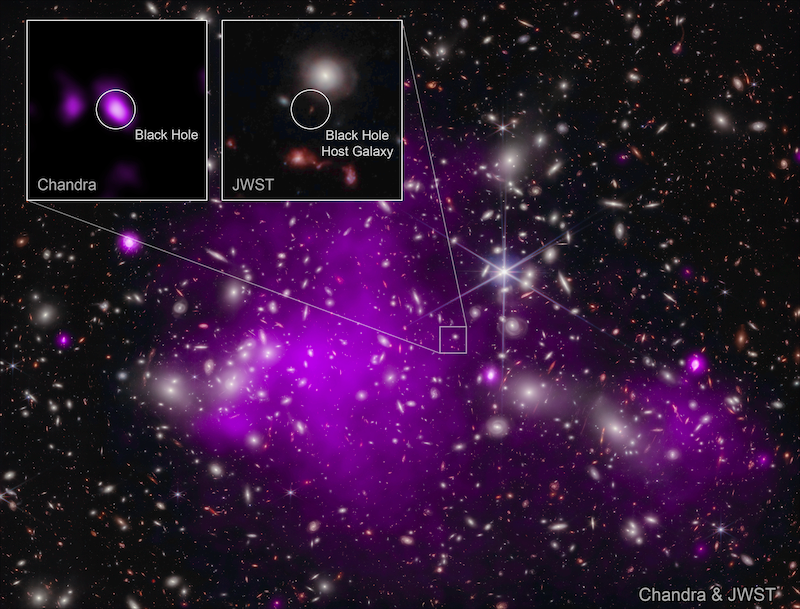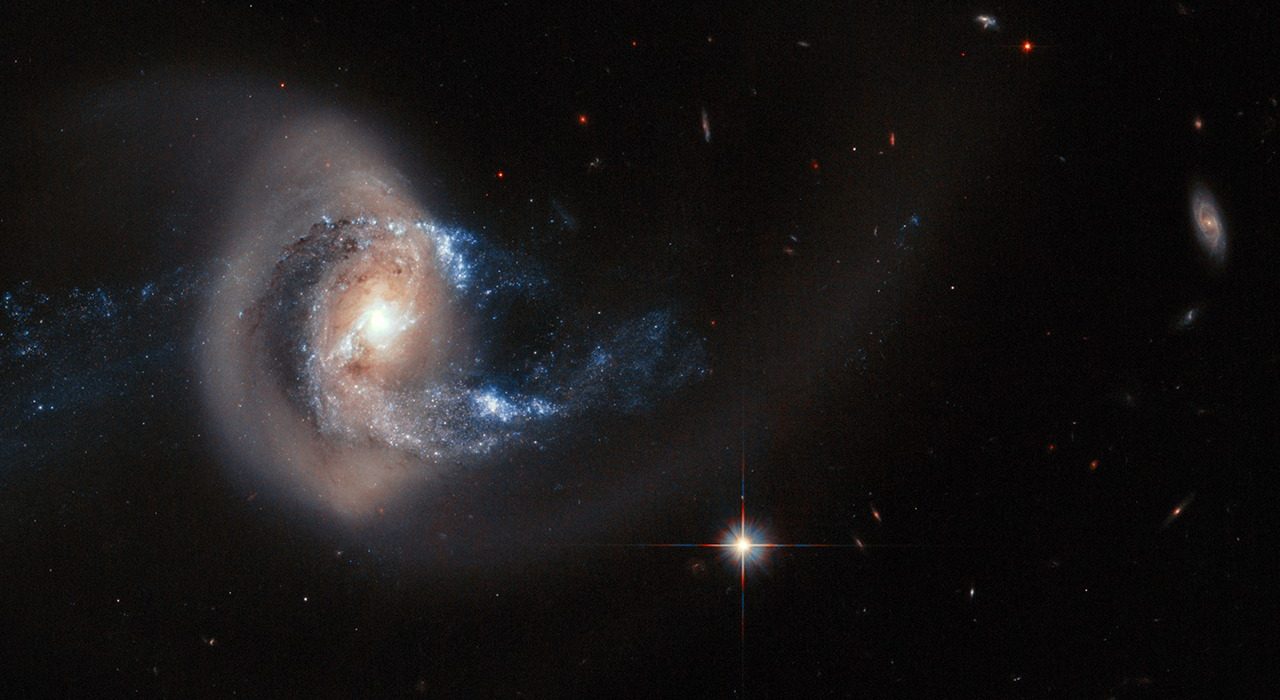Is there a possible highest temperature in the universe?
Back to list of articles The theoretical limit may be what is called the Planck temperature, derived using fundamental universal constants. Workers walk past a section of magnets at CERN's Large Hadron Collider, where researchers are probing plasmas like those that filled the early universe. Credit: Samuel Joseph Hertzog/CERN We all accept that the coldest















